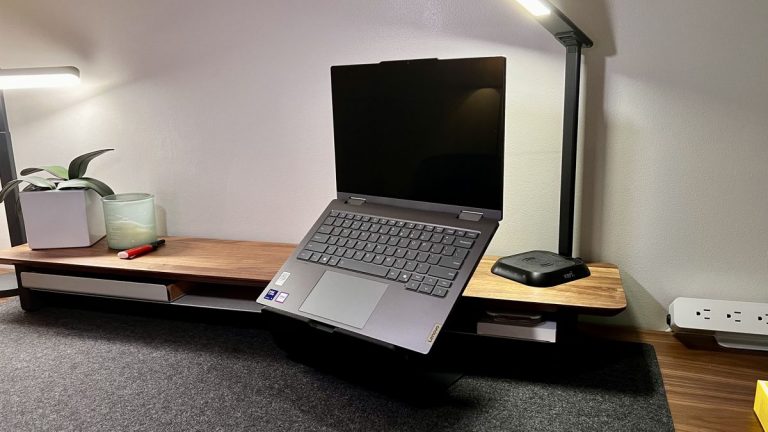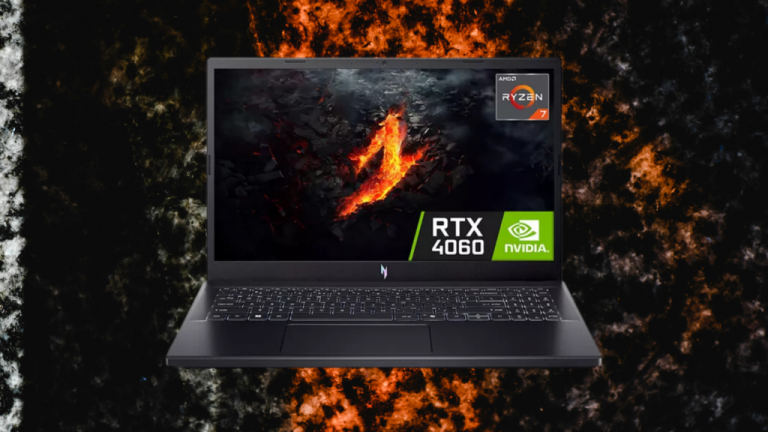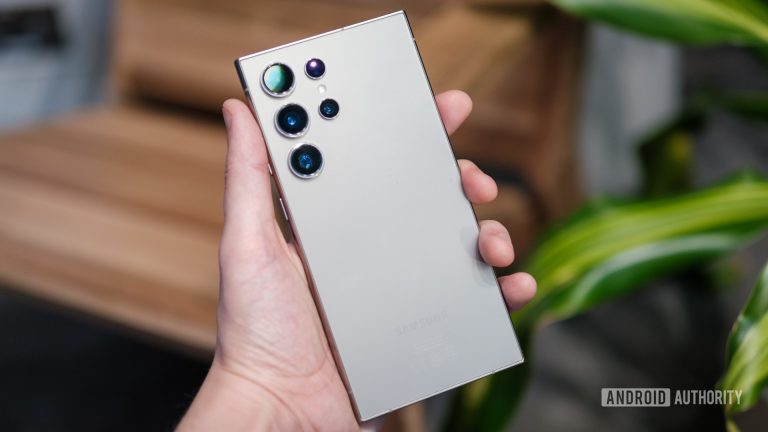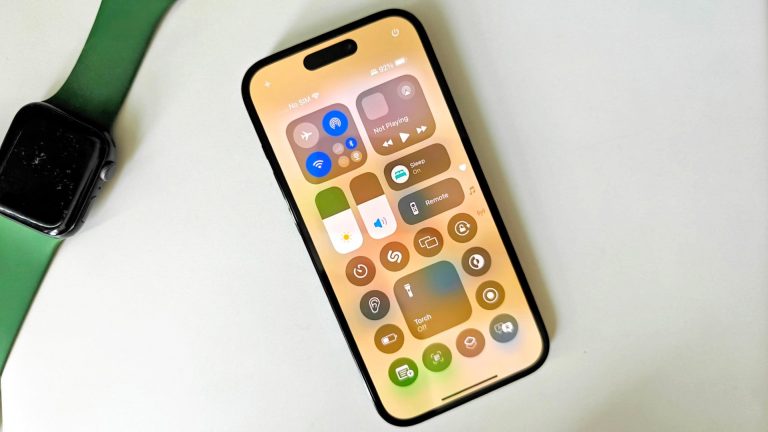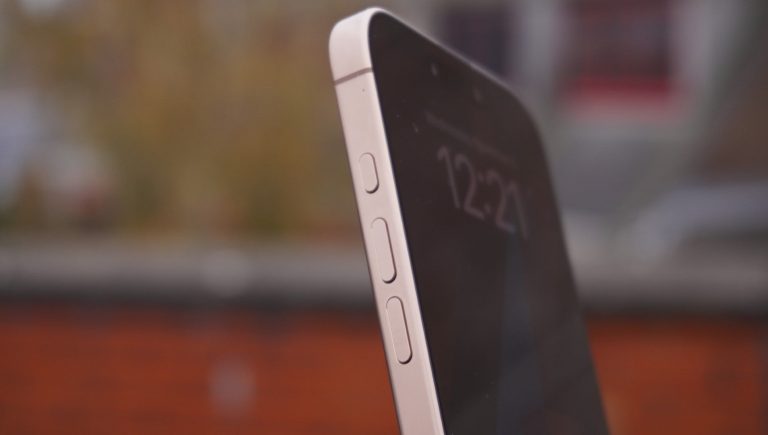What’s new with the Fold?
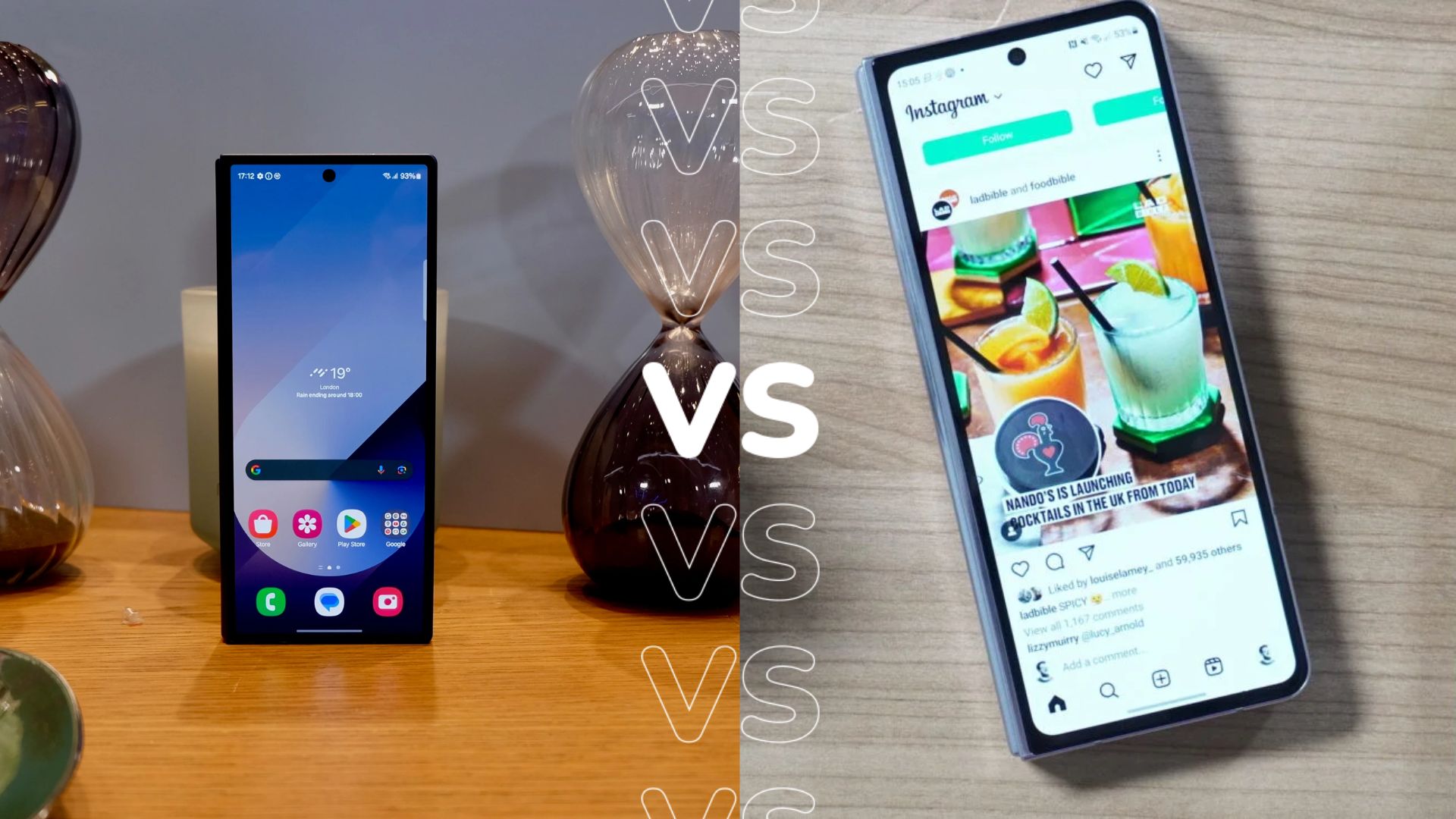
Samsung recently released the latest update to its popular book-style foldable range with the Galaxy Z Fold 6. The question is, how does the phone compare to last year’s Galaxy Z Fold 5?
Keep reading to learn how these two Samsung foldables compare when it comes to key areas such as design, display, camera, specs and battery life.
Design
The Galaxy Z Fold 6 is both thinner and lighter than its predecessor.
The Z Fold 6 measures 5.6mm thick unfolded or 12.1mm thick folded and weighs 239g, whereas the Z Fold 5 measures 6.1mm unfolded or 13.4mm folded and weighs 253g.
We found these differences to be noticeable, making the phone much more comfortable to use. The device also sports a refreshed design with squared-off corners, flatter sides and a more smudge-proof matte finish, making everything look a bit sharper and cleaner.
Finally, the foldable has been upgraded from IPX8 to IP48 solid-resistant, meaning it is now protected from objects larger than 1mm along with the usual waterproofing.

Displays
The Samsung Galaxy Z Fold 6 and the Z Fold 5 share the same 7.6-inch QXGA+ Dynamic AMOLED 2X foldable display with matching 120Hz refresh rates.
However, the Z Fold 6’s display is significantly brighter and easier to use in direct sunlight, with its ability to hit 2600 nits of peak brightness compared to the Z Fold 5’s 1750 nits.
Both phones also include HD+ Dynamic AMOLED 2X cover screens for when you don’t want to open up the phone. The outer display on the Z Fold 6 is 0.1-inch bigger, but the difference here is quite subtle.
Lastly, both Folds support the Samsung S Pen, making them great for sketching and notetaking as long as you’re happy to pay extra for the stylus.
Camera
The two foldables share the same rear camera layout, including a 50-megapixel wide angle sensor, a 12-megapixel ultra-wide sensor and a 10-megapixel telephoto lens with up to 3x optical zoom and up to 30x digital zoom, or Space Zoom.
There’s also a 4-megapixel under-display camera on the folding displays and a 10-megapixel camera on the cover screens for selfies and video calls.
The ultra-wide sensor on the newer Z Fold 6 uses a new sensor, offering better HDR performance and low-light capabilities. Otherwise, camera performance remains pretty much in line with what you get on the Z Fold 5.
This isn’t a bad thing, with the main 50-megapixel camera capturing crisp stills with balanced lighting across shadows and highlights and vibrant colours.
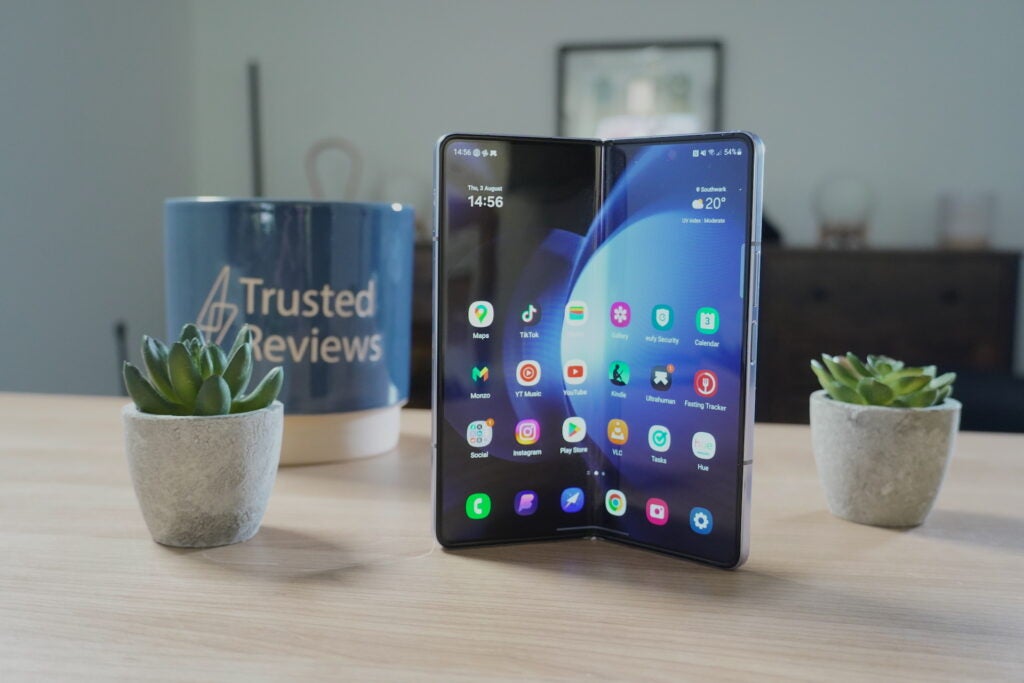

Software and performance
As with every new Fold, the Z Fold 6 takes advantage of a new chipset. This year it’s the custom Snapdragon 8 Gen 3 for Galaxy replacing the Snapdragon 8 Gen 2 for Galaxy found in the Z Fold 5. Both phones can be configured with up to 12GB of RAM and up to 1TB of storage.
According to Samsung, the new chipset delivers a 14% increase in CPU performance along with a substantial 25% boost in GPU performance. Combined with a larger vapour cooling chamber, this makes the Z Fold 6 a better-equipped handset for gaming.
We found we could run games like Genshin Impact with high-end graphical settings on the internal display with the device remaining relatively cool, though we did experience a bit of throttling after 30 minutes of gameplay. Everyday use is also rapid and stutter-free and the new AI features run well.
You can see how our benchmarking tests compare below:
AI was easily the biggest theme at the Z Fold 6 launch, with new generative AI features including Note Assist, Browsing Assist and Transcript Assist, as well as imaging tools like Sketch To Image and Portrait Studio. Google’s Circle To Search is also available and capable of solving complex maths problems when you sketch them out.
Battery life
When it comes to battery life, the two Fold generations are powered by the same 4400 mAh battery. However, Samsung does claim you should be able to glean a couple more hours of browsing, video playback and audio playback from the newer model.
We found the battery in the Z Fold 6 to be just as disappointing as the one in the Z Fold 5, sometimes struggling to get through a full day of use. The battery also remains slow at charging, with 25W fast charging being the quickest option available, a pace that requires around 90 minutes for a full charge.
You can compare our battery benchmarks below:
Source: www.trustedreviews.com

